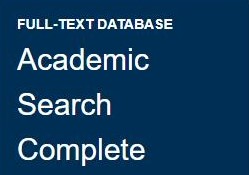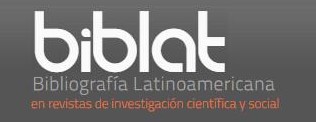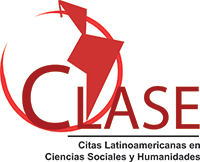Opportunities for academic tourism from the Marketing Mix in Higher Education: A bibliometric analysis
Palabras clave:
Marketing Mix, Higher Education Institutions, Academic Tourism and Decision-Making Processes, 7PsResumen
The topic of marketing mix in higher education has gained relevance due to its wide diversity. An example is how it can contribute to increasing opportunities from the perspective of academic tourism. This research aims to determine the main terms that are shaping the marketing mix in the university sector by conducting a bibliometric analysis. A selection of 103 documents from Scopus was analyzed using the VOSviewer software. The analysis maps show that the connection between the marketing mix and higher education is indisputable, gaining relevance in the last 10 years. Confirming the 5-cluster structure that allows for the design of marketing strategies focused on social marketing, gender, decision-making, sustainable development, and strategic planning to reach the largest possible audience. Although the terms obtained refer to the 7Ps, only price and promotion and the term e-learning, which is related to product and place, coincide. Therefore, physical evidence, people and processes need to be addressed more directly, confirming the opportunity to delve deeper into the study, design and application of the marketing mix for higher education. Furthermore, these results can be used as a reference for government, local and university managers when addressing the importance of academic tourism and marketing mix in the decision-making processes for specific higher education institutions.
Citas
Abdullah, F., 2006. Measuring service quality in higher education: HEdPERF versus SERVPERF. Mark. Intell. Plan. 24, 31–47. https://doi.org/10.1108/02634500610641543
Alves, H., Raposo, M., 2010. The influence of university image on student behaviour. Int. J. Educ. Manag. 24, 73–85. https://doi.org/10.1108/09513541011013060
Dally, D., Sinaga, O., 2021. The Impact Of 7p’s Of Marketing on The Performance of The Higher Education Institutions
Hemsley-Brown, J., Oplatka, I., 2006. Universities in a competitive global marketplace: A systematic review of the literature on higher education marketing. Int. J. Public Sect. Manag. 19, 316–338. https://doi.org/10.1108/09513550610669176
Ho, H., Hung, C., 2008. Marketing mix formulation for higher education: An integrated analysis employing analytic hierarchy process, cluster analysis and correspondence analysis. Int. J. Educ. Manag. 22, 328–340. https://doi.org/10.1108/09513540810875662
Hung, N.-T., Yen, K.-L., 2022. Towards Sustainable Internationalization of Higher Education: Innovative Marketing Strategies for International Student Recruitment. Sustainability 14, 8522. https://doi.org/10.3390/su14148522
Ivy, J., 2008. A new higher education marketing mix: the 7Ps for MBA marketing. Int. J. Educ. Manag. 22, 288–299. https://doi.org/10.1108/09513540810875635
Jain, R., Rao, M., 2024. A Bibliometric Analysis of the Impact of Digital Marketing in Higher Education. Int. J. Interdiscip. Organ. Stud. 19, 123–148. https://doi.org/10.18848/2324-7649/CGP/v19i01/123-148
Lau, M.M.Y., 2016. Effects of 8Ps of services marketing on student selection of self-financing sub-degree programmes in Hong Kong. Int. J. Educ. Manag. 30, 386–402. https://doi.org/10.1108/IJEM-01-2014-0005
MOCAN (MANIU), I., MANIU, G., 2015. Educational Market: Higher Education Marketing Strategies. Manag. Chall. Contemp. Soc. 8.
Pardiyono, R., Suteja, J., Puspita, H.D., Juju, U., 2022. Dominant factors for the marketing of private higher education. Decis. Sci. Lett. 11, 137–146. https://doi.org/10.5267/j.dsl.2021.12.002
Sheau-Ting, L., Mohammed, A.H., Weng-Wai, C., 2013. What is the optimum social marketing mix to market energy conservation behaviour: An empirical study. J. Environ. Manage. 131, 196–205. https://doi.org/10.1016/j.jenvman.2013.10.001
Wasmer, D.J., Williams, J.R., Stevenson, J., 1997. A Reconceptualization of the Marketing Mix: Using the 4 C’s to Improve Marketing Planning in Higher Education. J. Mark. High. Educ. 8, 29–35. https://doi.org/10.1300/J050v08n02_03
Descargas
Publicado
Cómo citar
Número
Sección
Licencia

Esta obra está bajo una licencia internacional Creative Commons Atribución-NoComercial-SinDerivadas 4.0.












